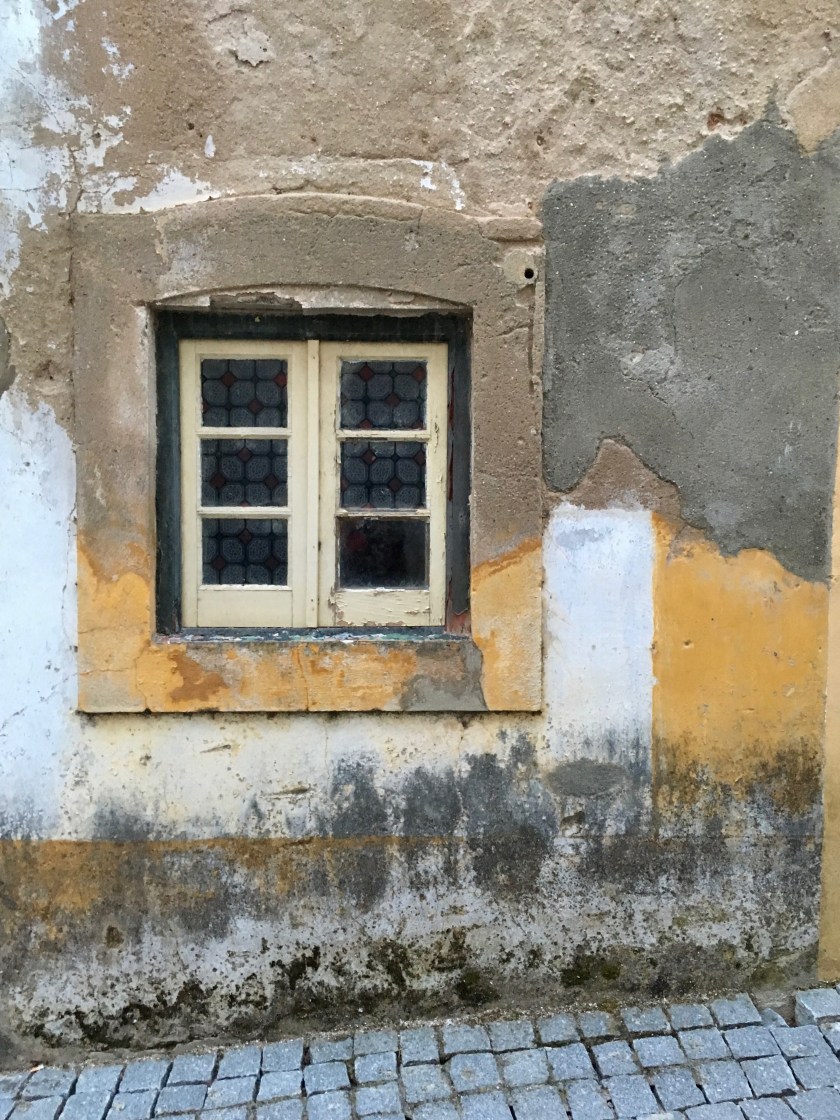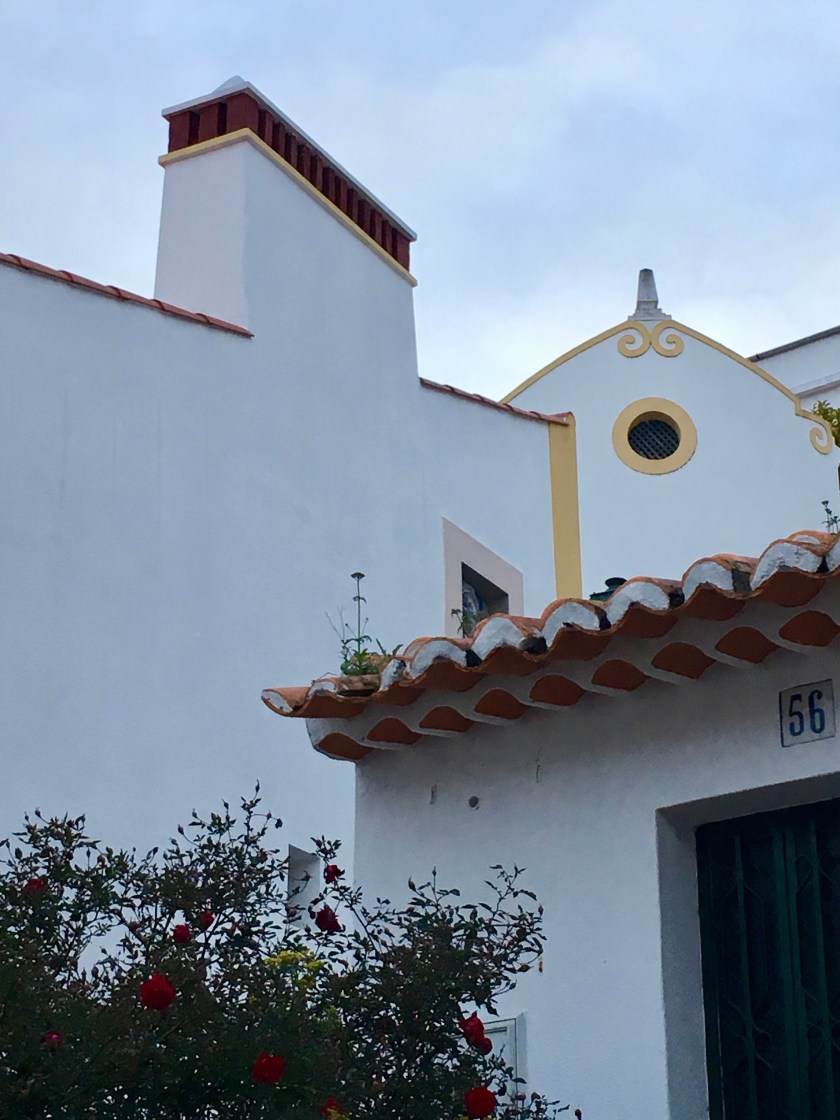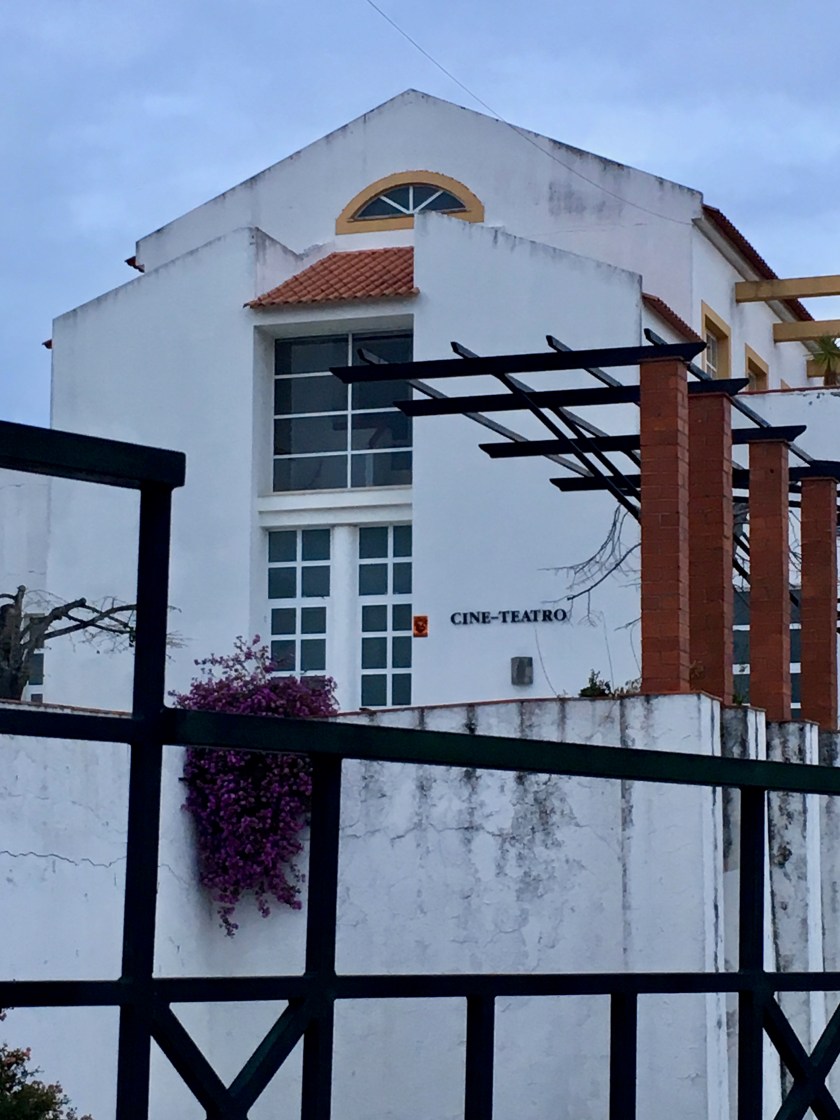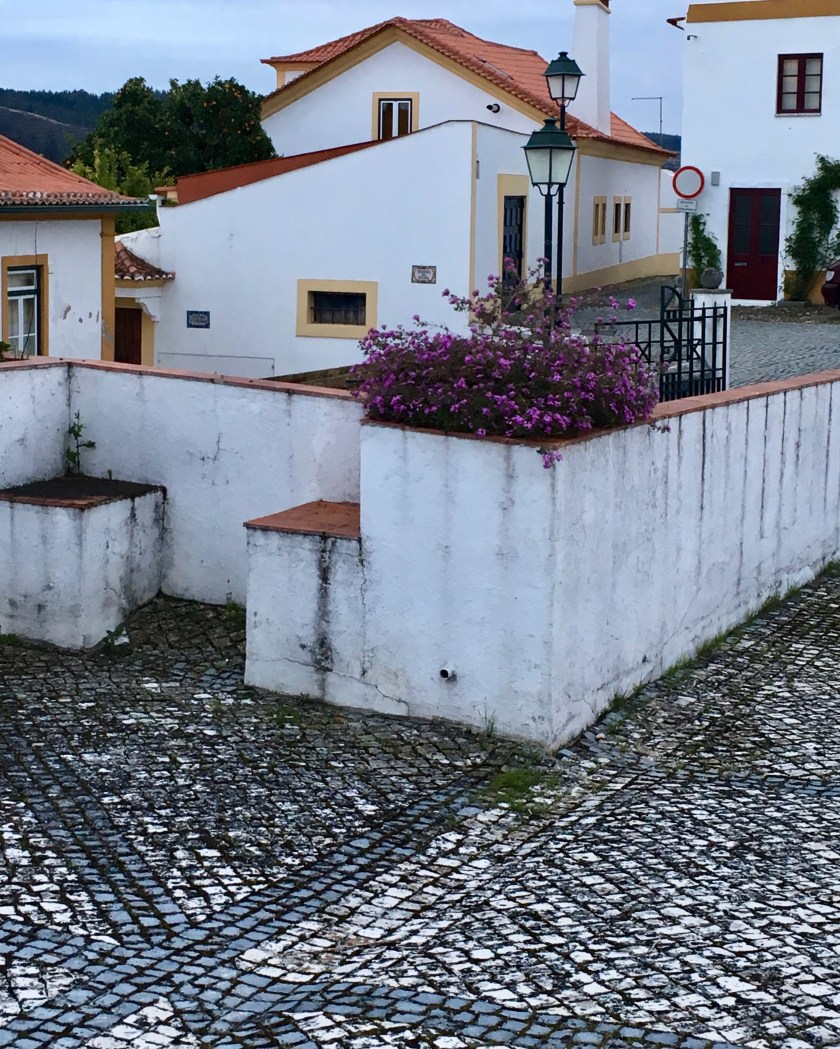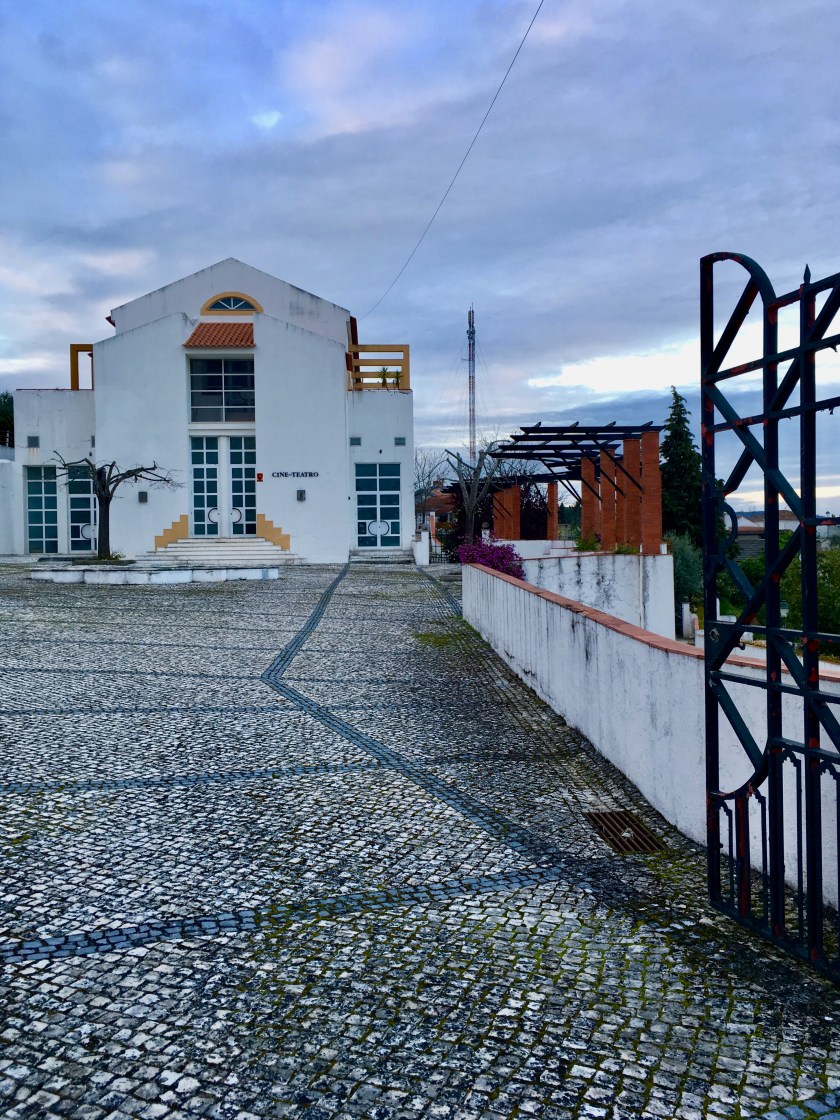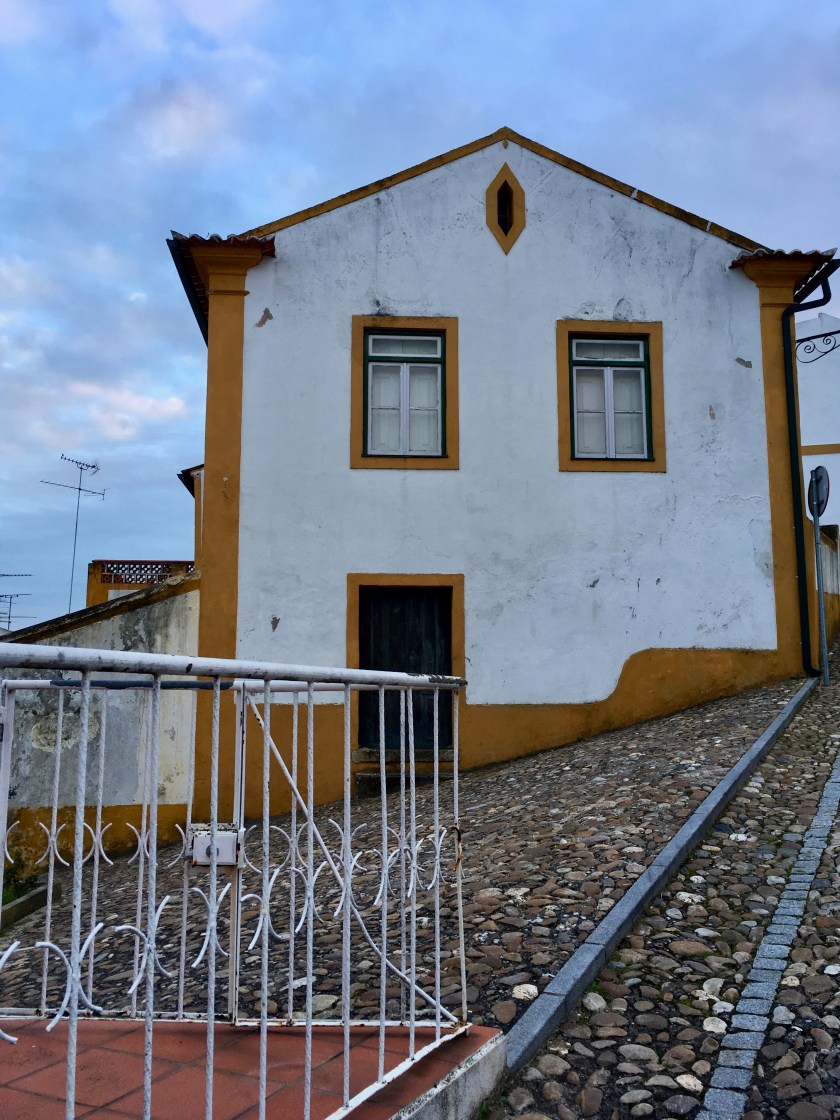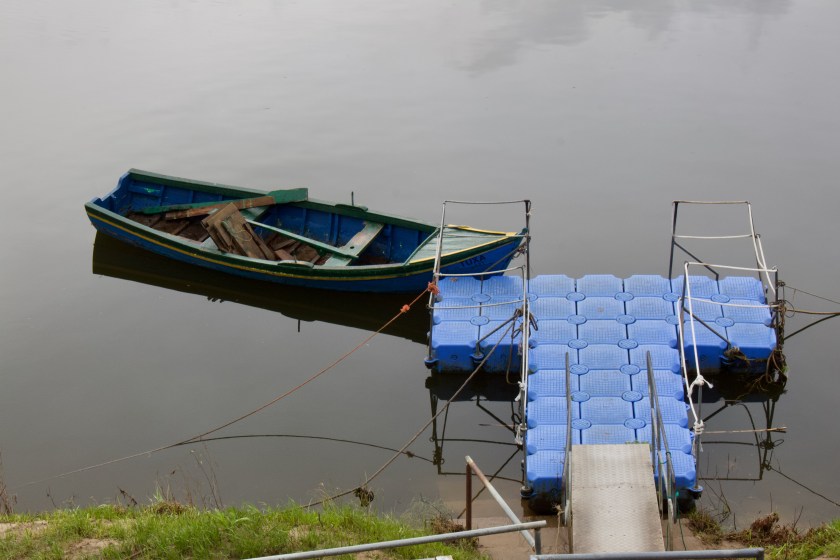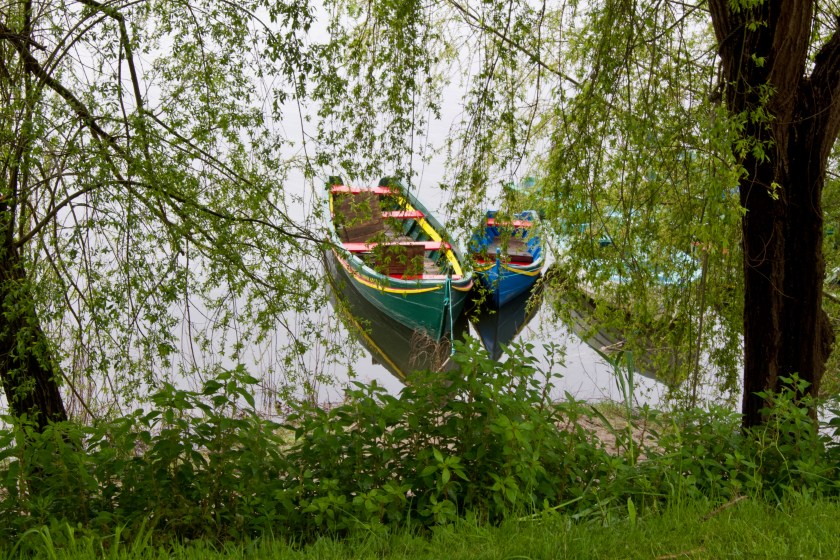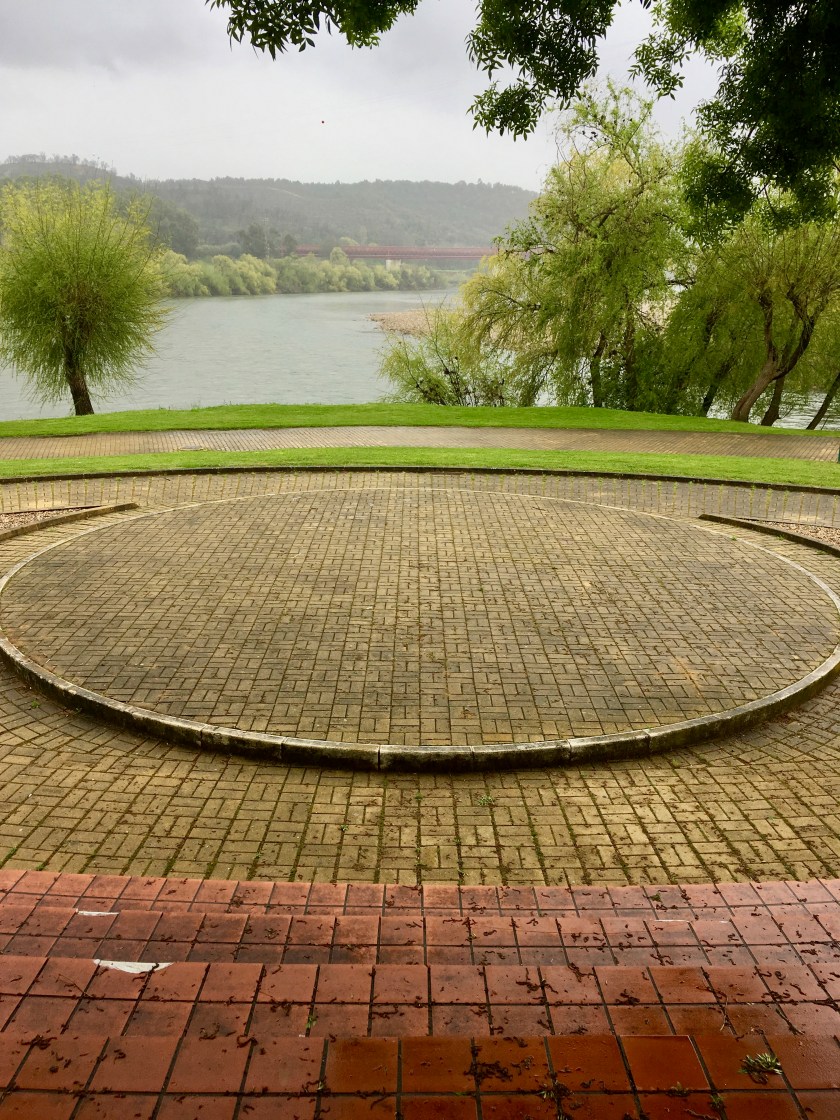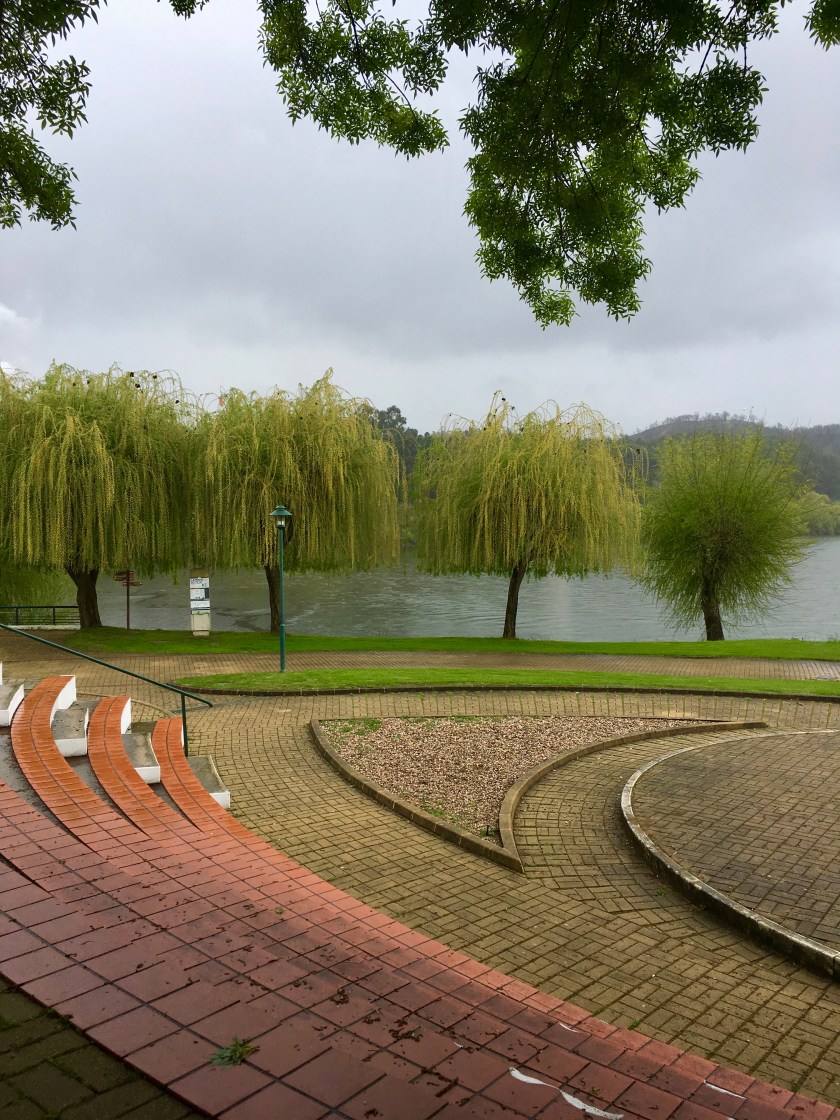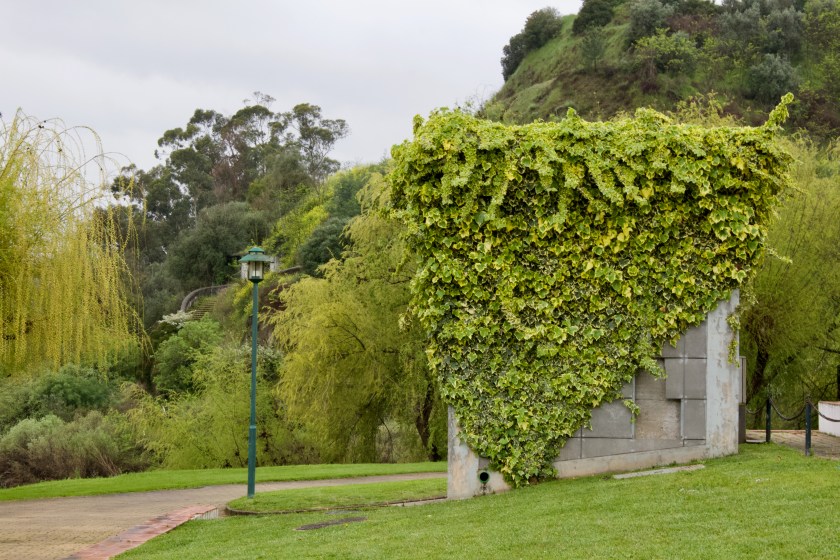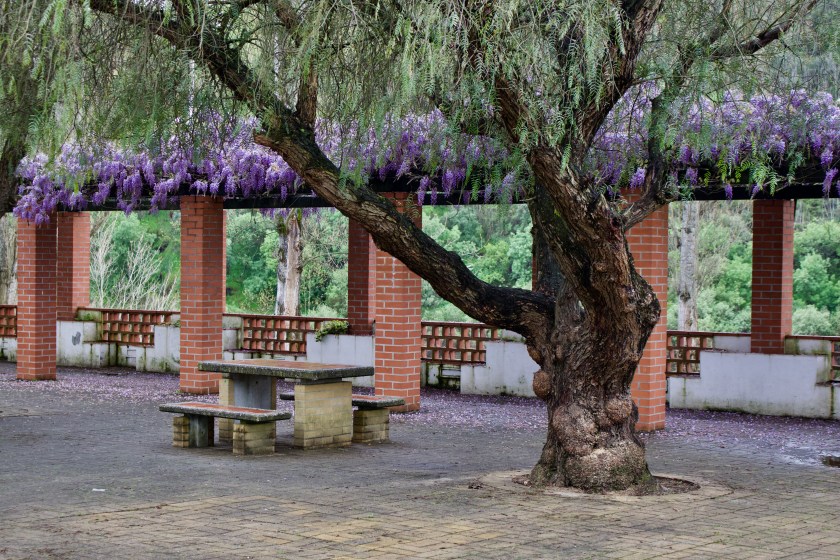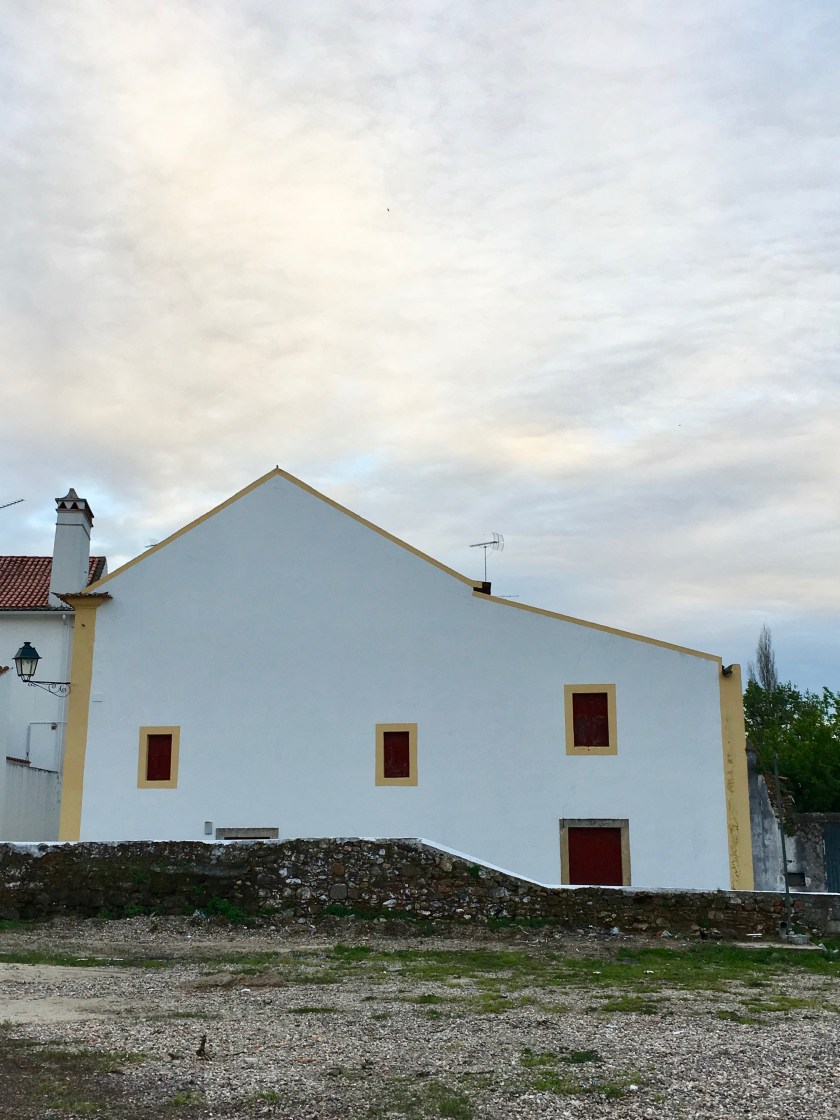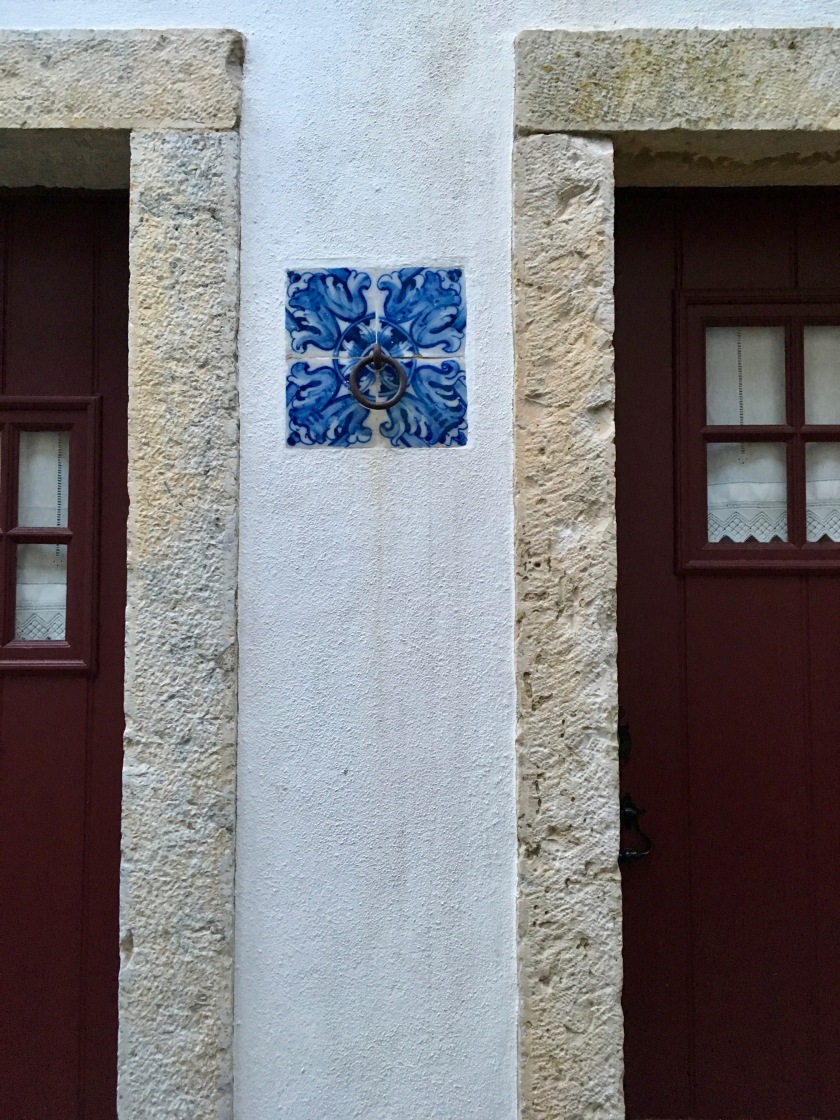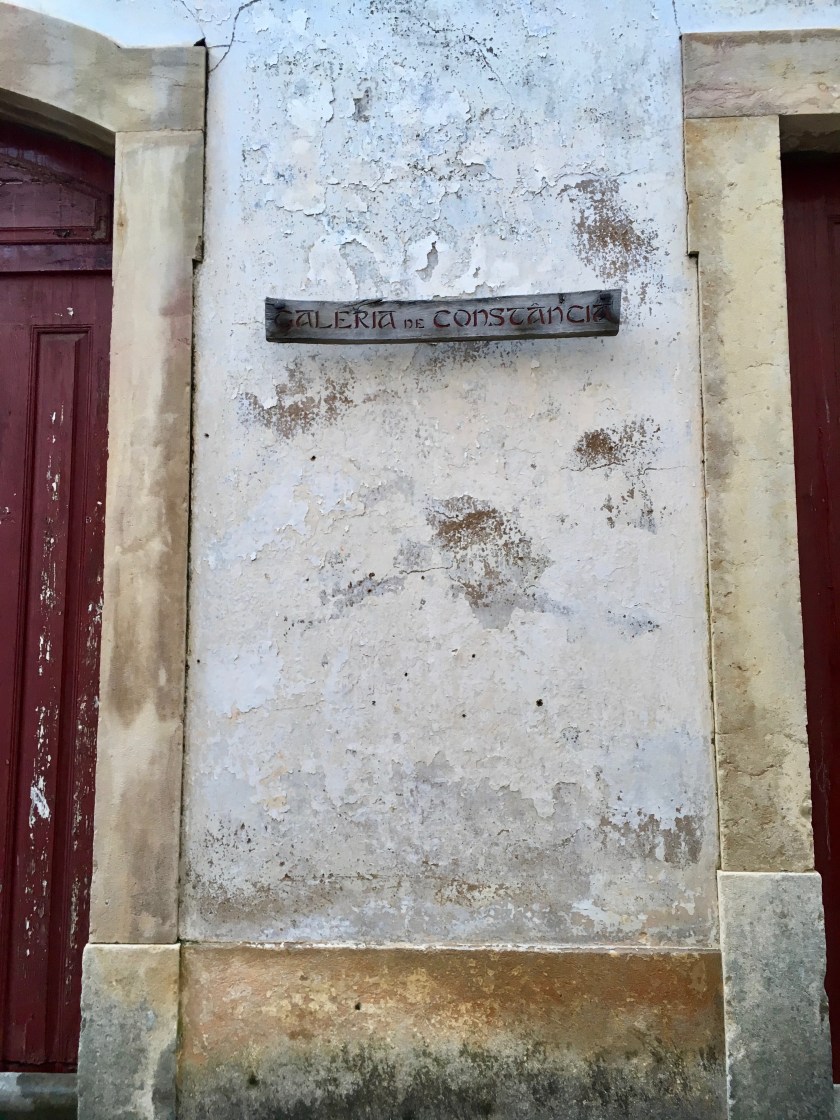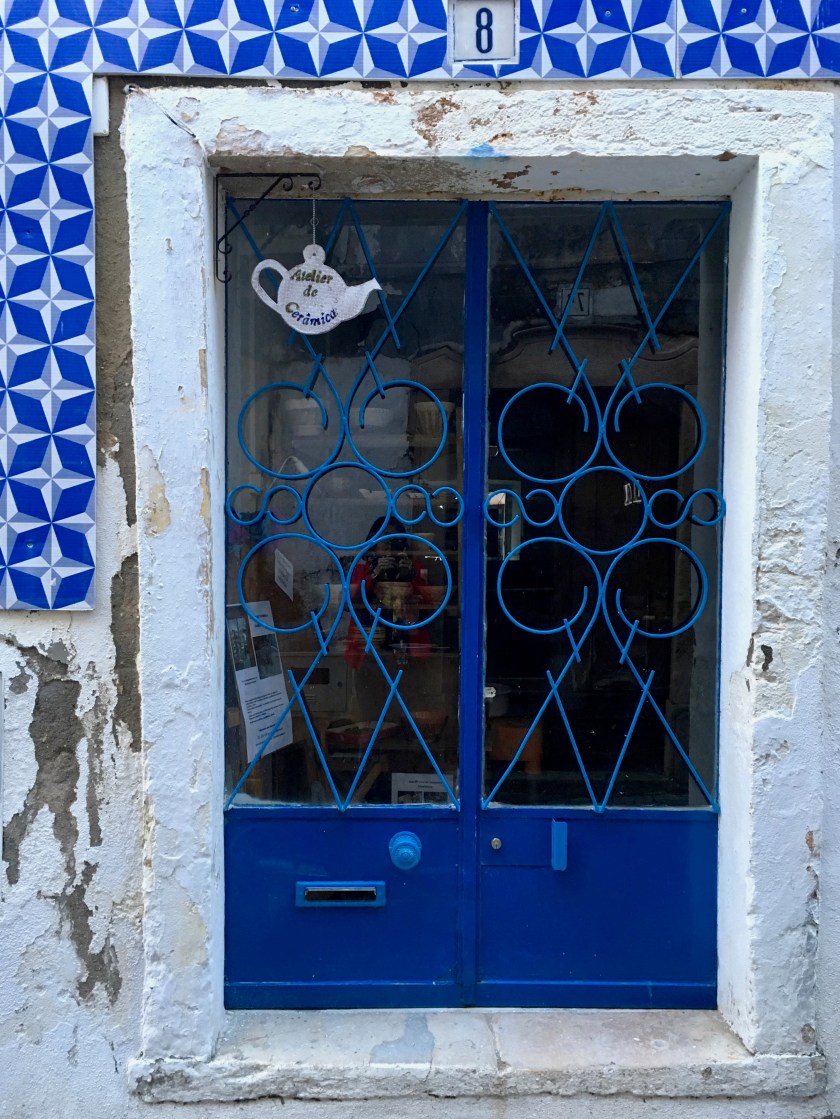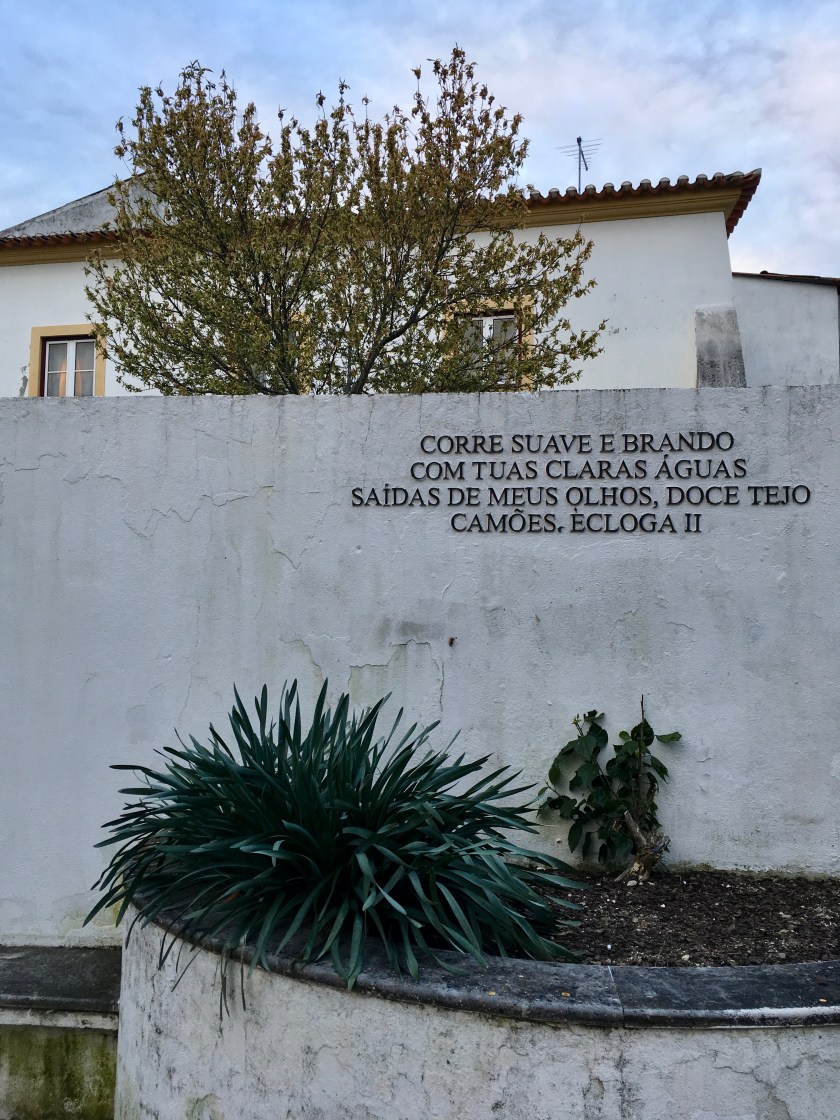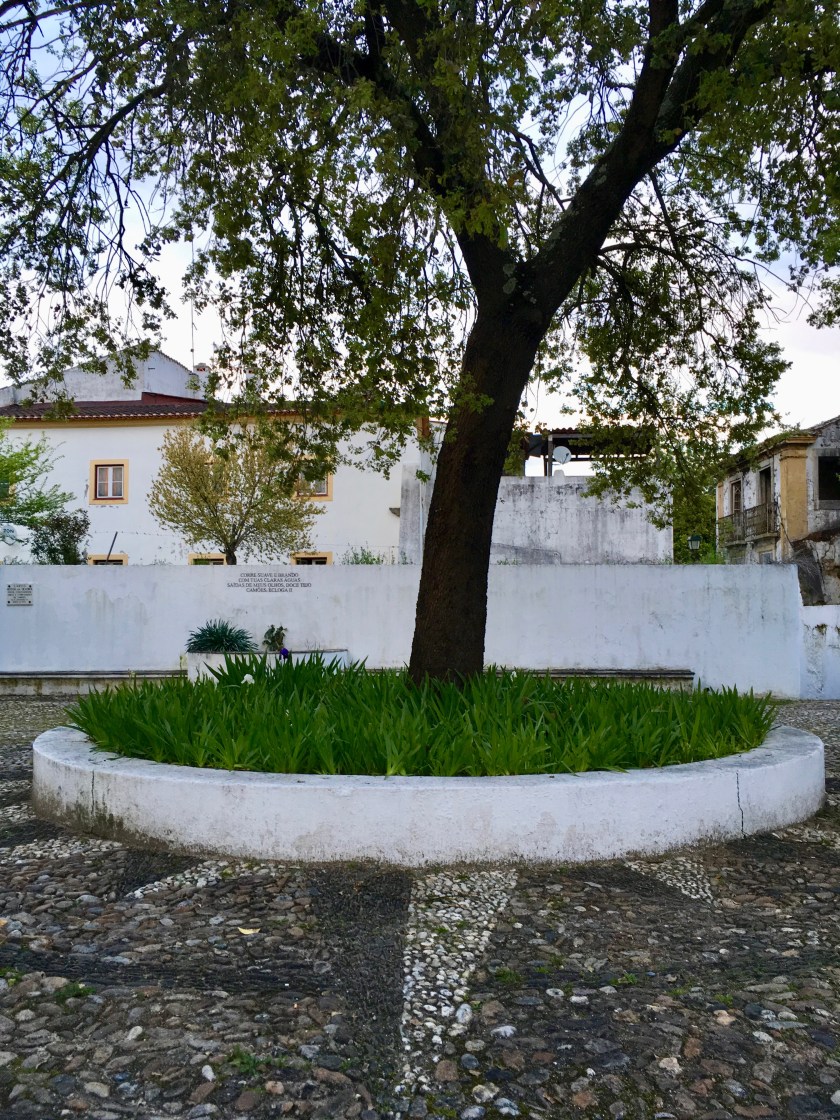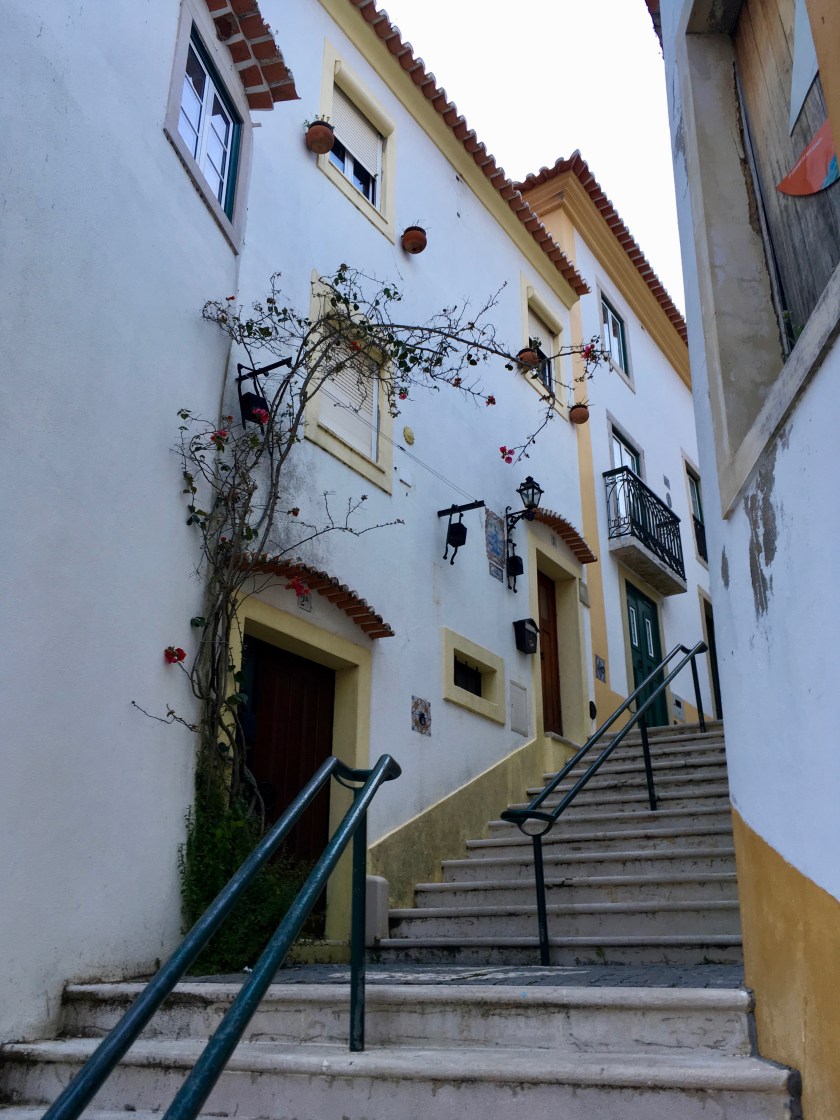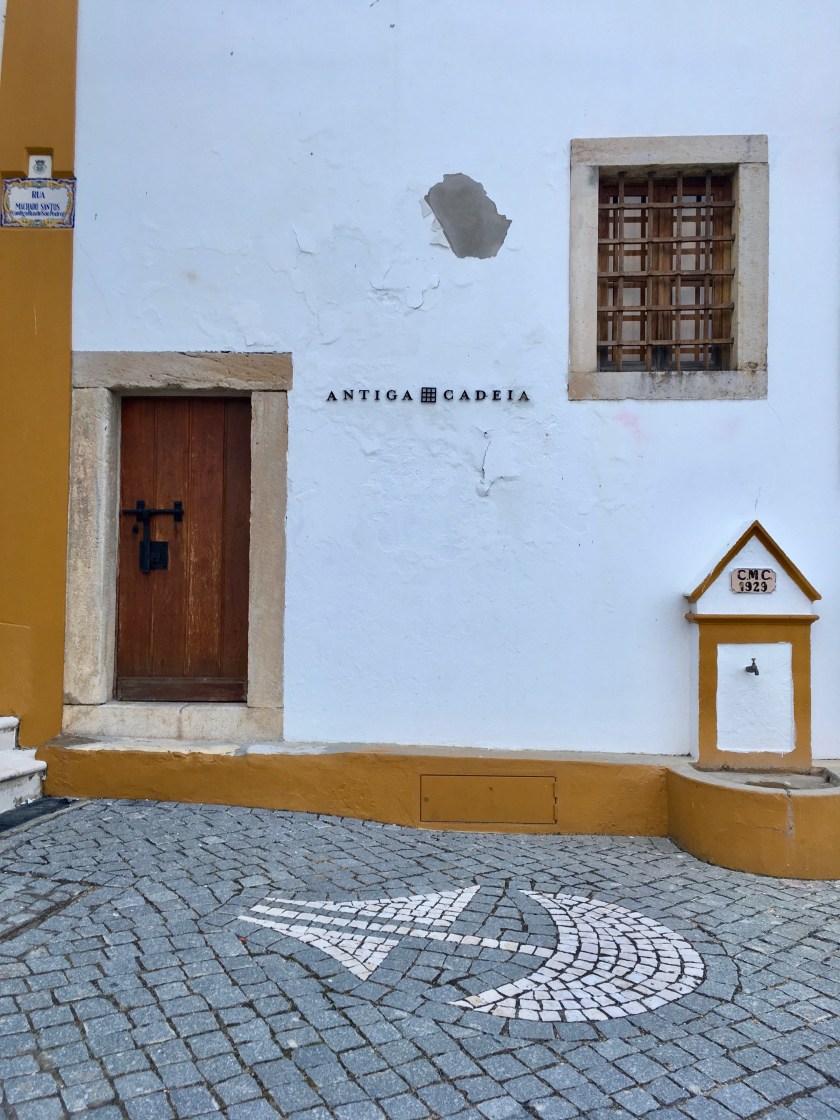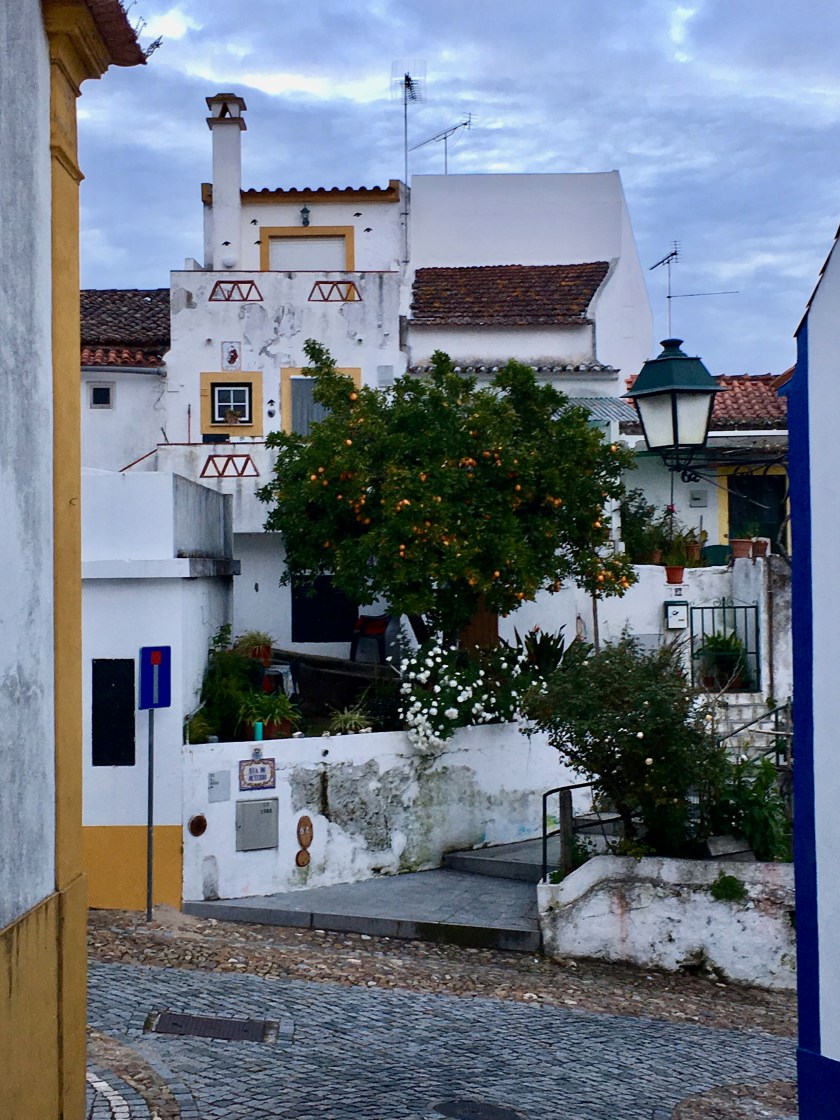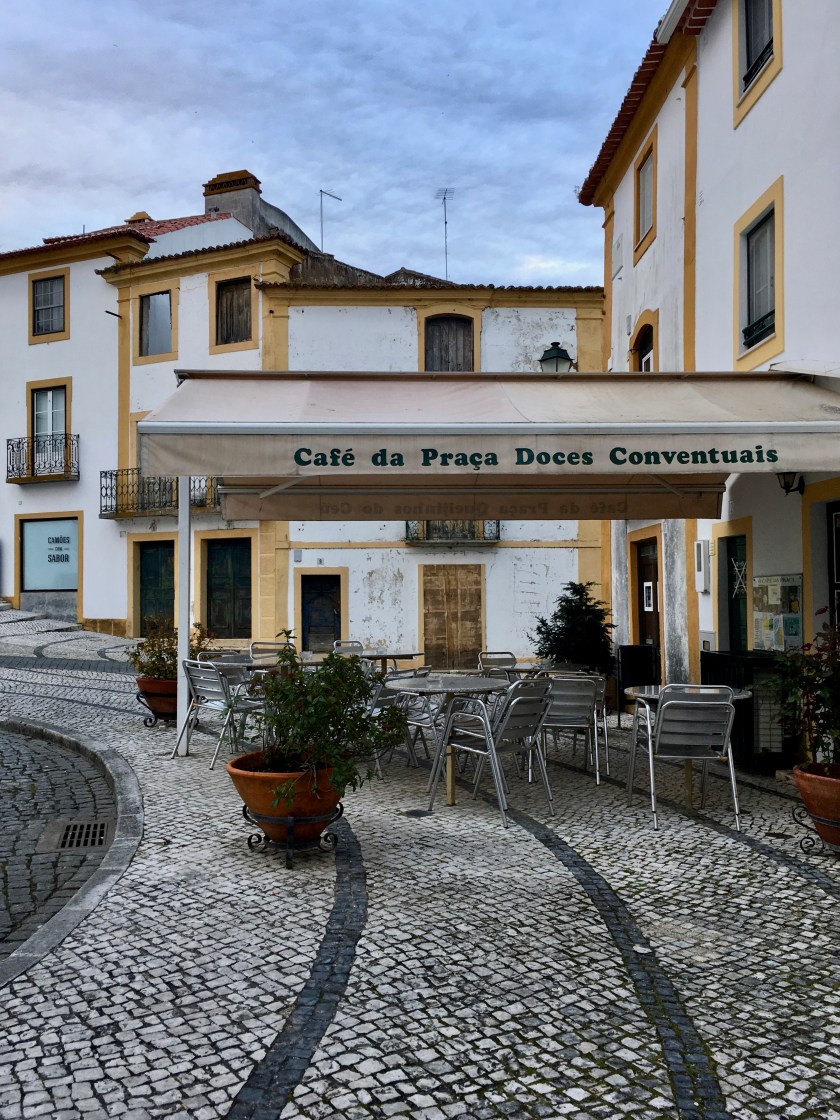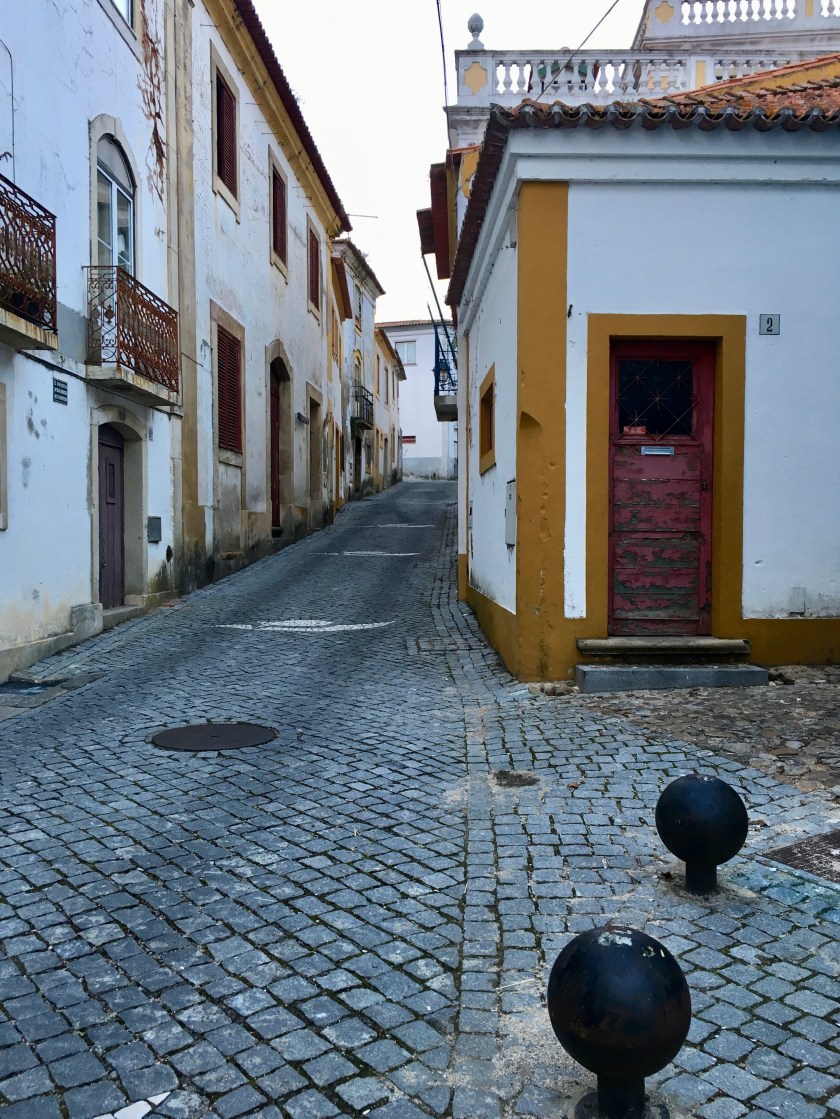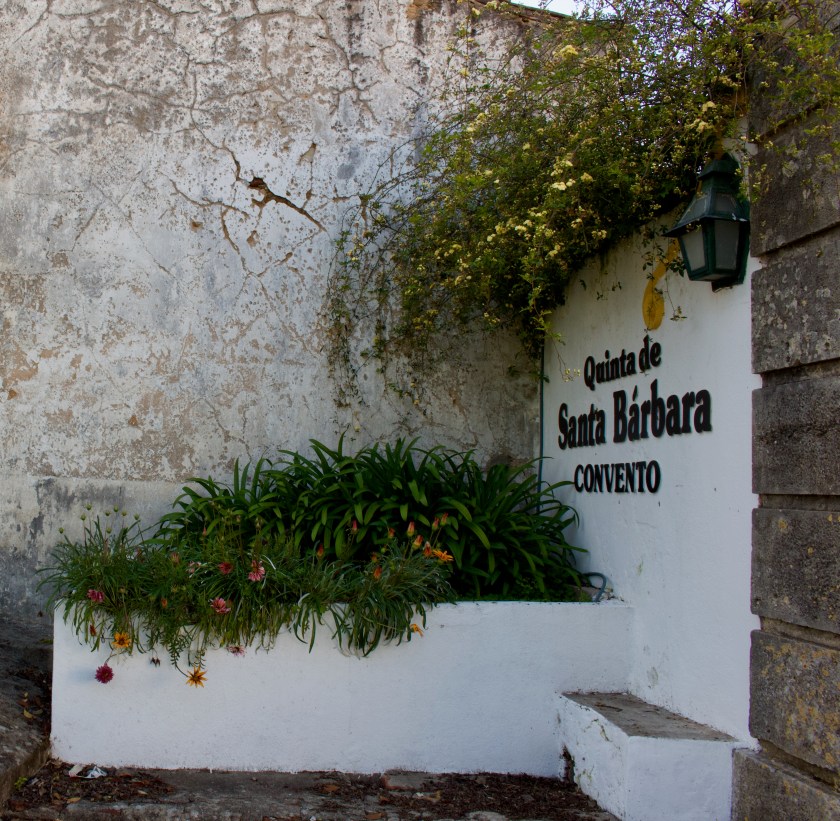

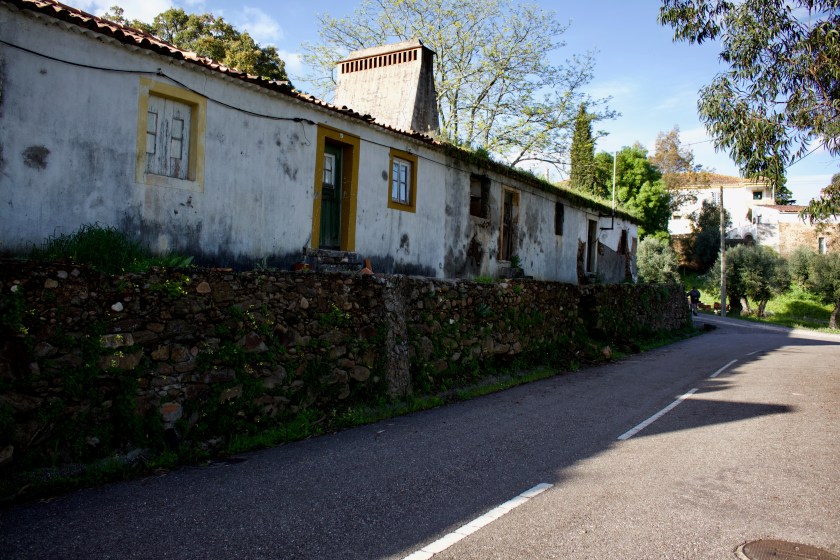


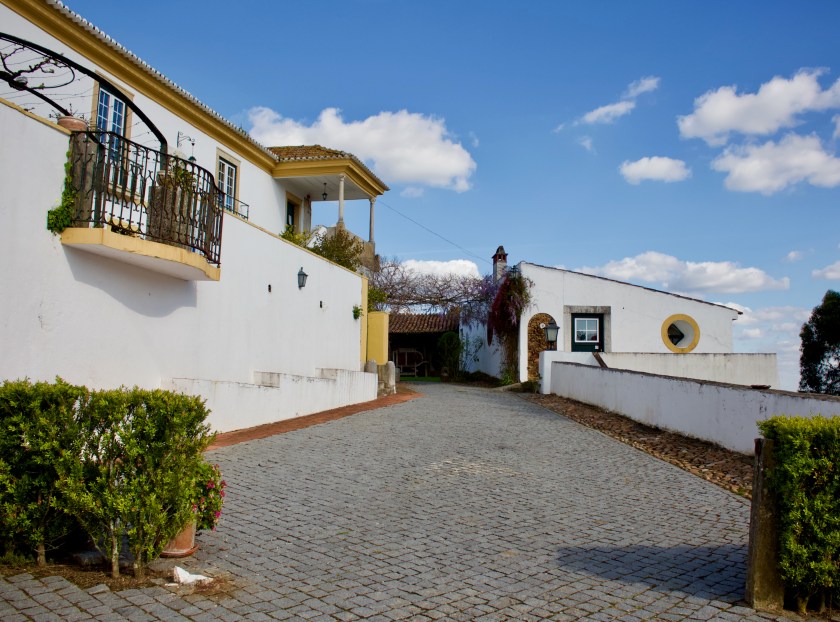
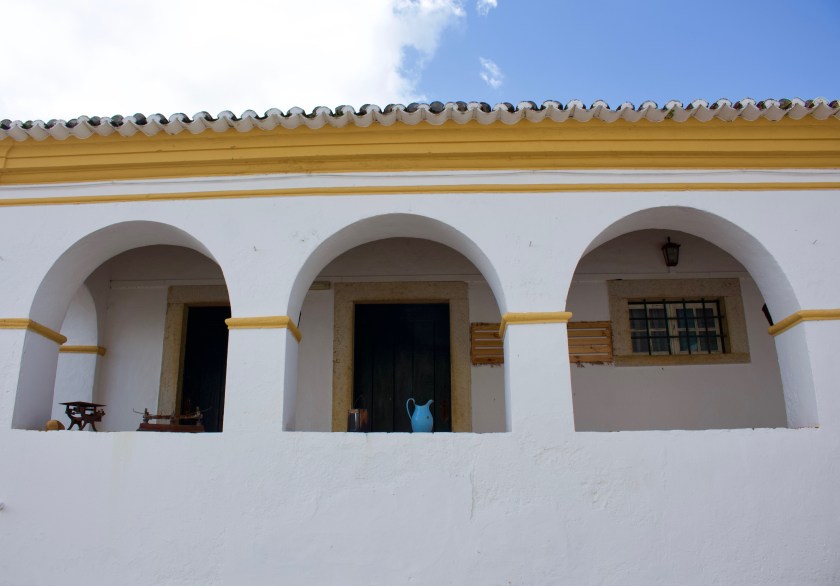
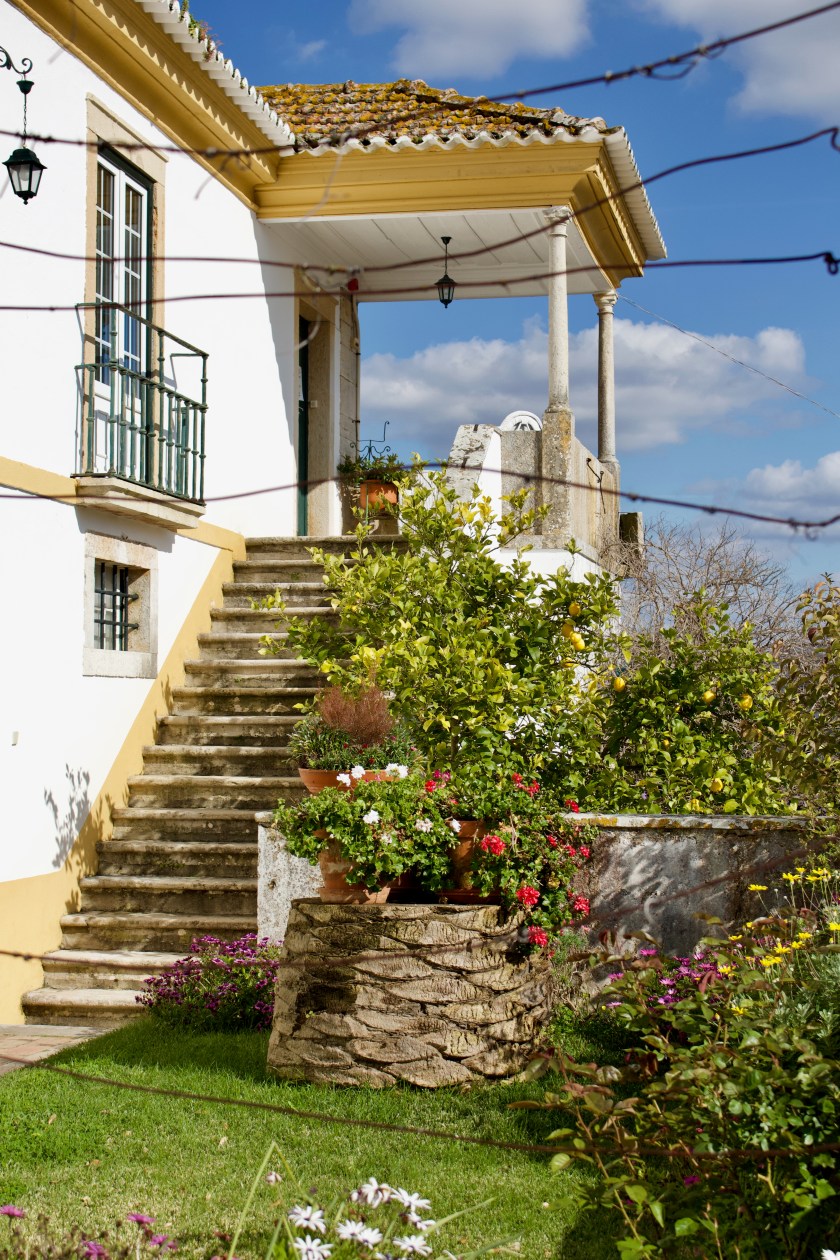

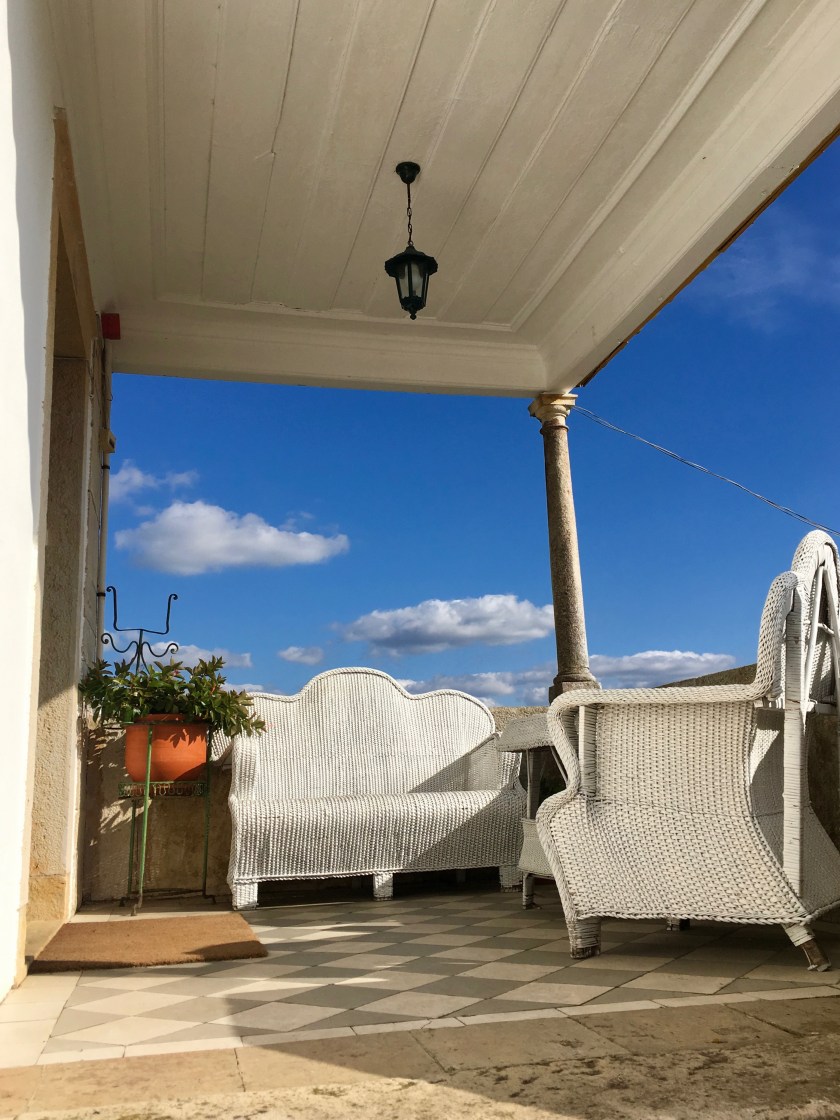
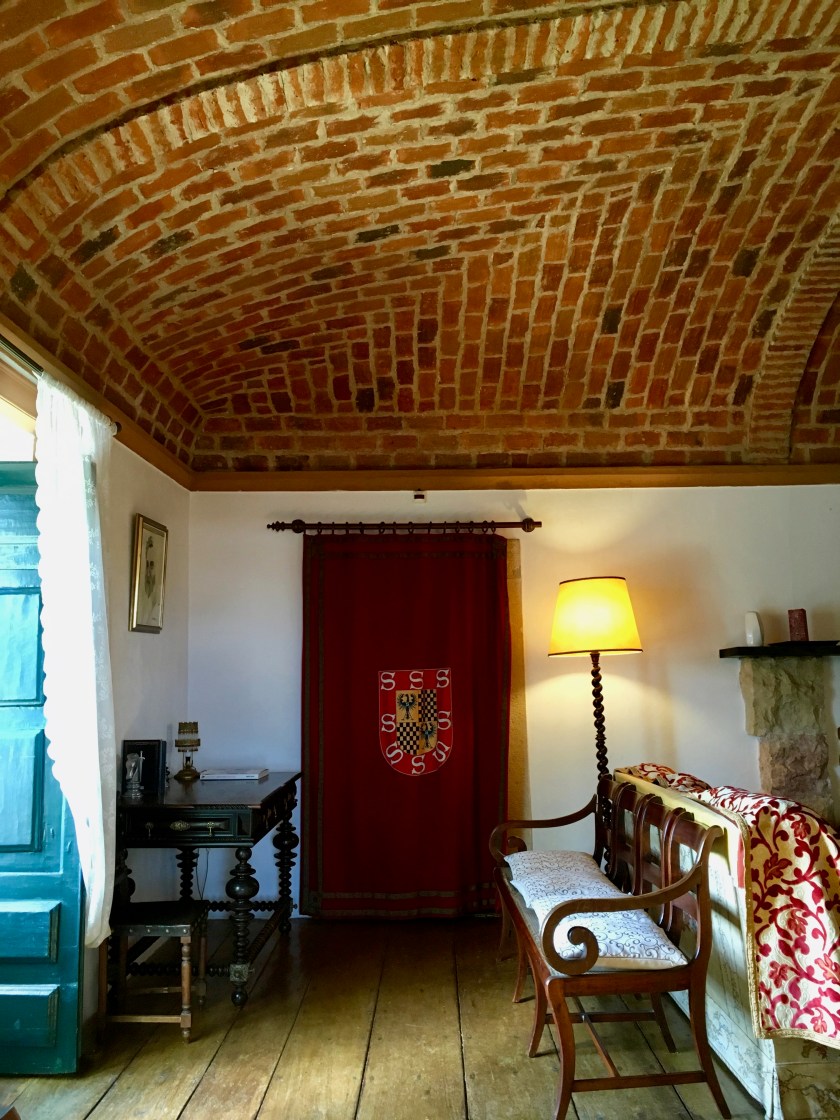

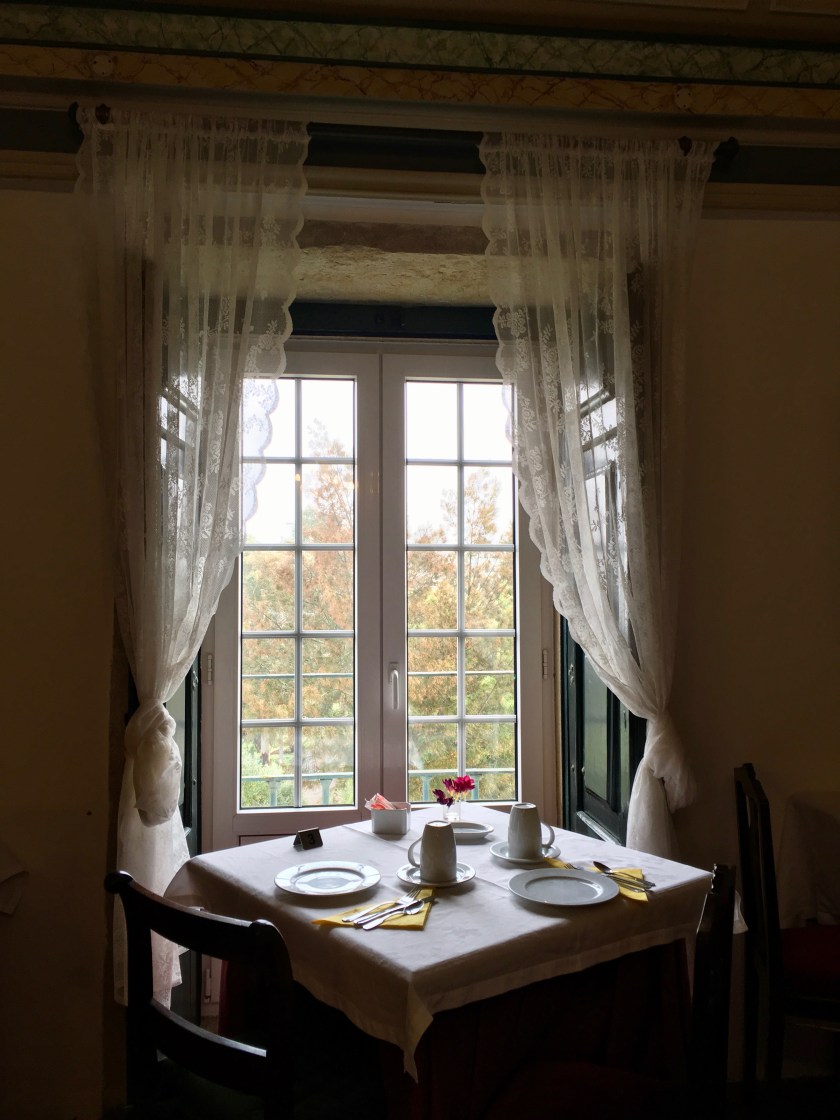






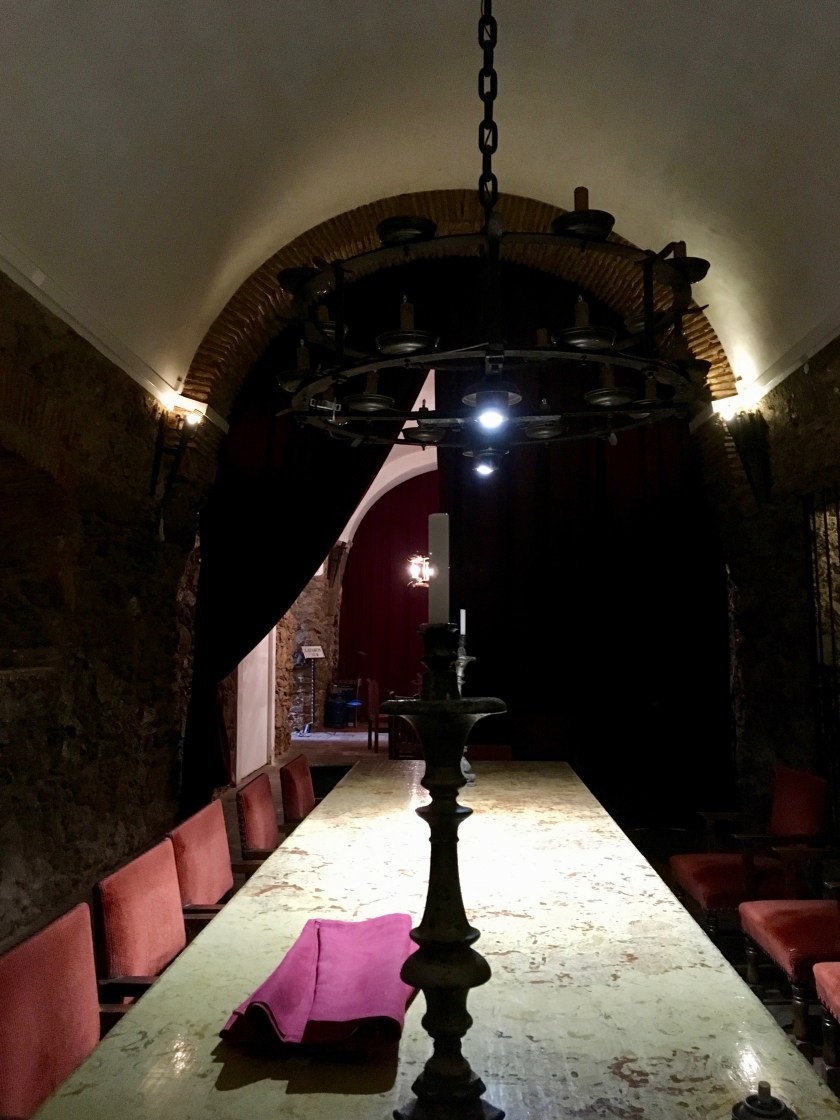
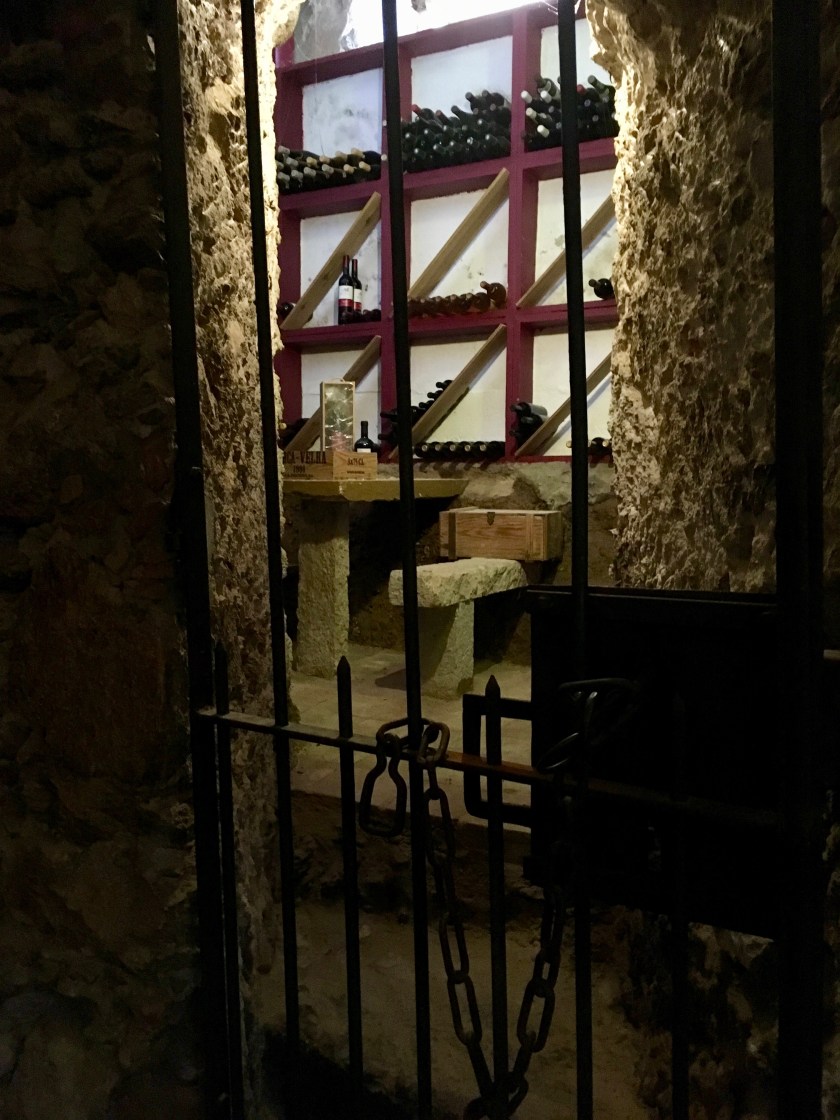

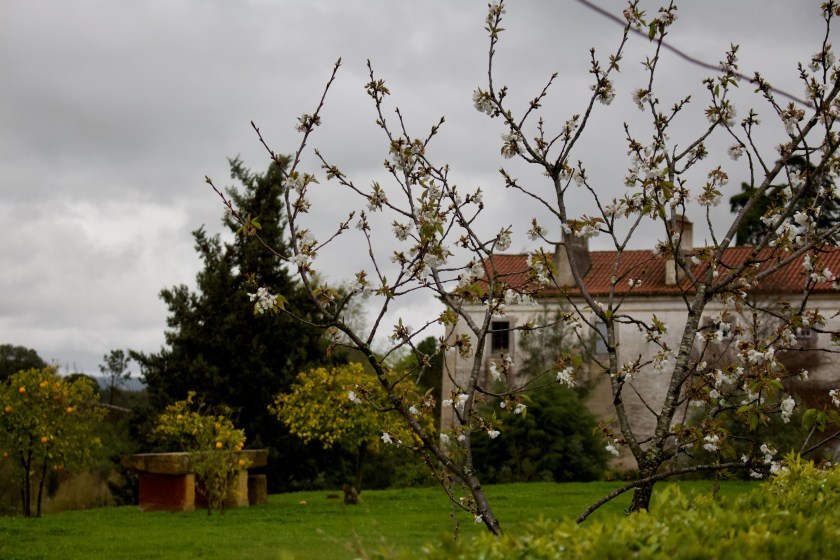
Quinta de Santa Bárbara – Português
Rodeada por localidades históricas, a Quinta de Santa Bárbara, com origens no século XV, pertenceu ao amigo de Luís De Camões, D. Francisco Sampayo e Mello. No séc. XVIII era propriedade dos padres Jesuítas, que aqui viveram até 1759. O atual proprietário da Quinta de Santa Bárbara, apaixonado por antiguidades e restauro, adquiriu a Quinta nos anos setenta do século passado e adaptou-a cuidadosamente a uma casa de turismo rural (pousada) para poder receber hóspedes, recheando-a de quadros e antiguidades.
Das três salas do Solar, duas tem teto abobadado em tijolos, e a terceira tem teto de madeira pintada com o brazão dos Sampayo. Há também uma sala central que tem o teto original octogonal de madeira natural. Quartos com varandas pombalinas, possuem ambiente de turismo rural histórico.
Há também o Restaurante, Refeitório Quinhentista, com suas mesas de pedra, onde são servidos pratos de comida tradicional antiga, como: couve tronchuda de bacalhau e favada d`arroz à Eça.
A Quinta fica a 30 minutos do Santuário de Fátima, e o majestoso castelo templário de Almourol, do século XII, está apenas a 5 km de distância. Em 15 minutos estão as cidades históricas de Tomar, Abrantes e Golegã.
Quinta De Santa Bárbara – English
Surrounded by historical landmarks, the Quinta de Santa Bárbara manor dates back to the 15th Century, when it belonged to D. Francisco Sampayo e Mello, a friend of famous poet Luis de Camões. During the 18th Century, the villa was home to Jesuit priests. The current owner purchased it in the 1960’s and transformed it into a carefully-crafted guesthouse filled with paintings and other artefacts.
Out of the three common rooms in the manor, two feature bricks along the ceiling, while the third’s is made of painted wood, featuring the Sampayo house crest. The rooms feature Pombal-era balconies that create a space reminiscent of historical rural tourism.
The villa’s restaurant, Refeitório Quinhentista, features stone tables and serves traditional dishes such as Portuguese Kale with Cod and Fava bean Rice ala Eça.
The villa is 30 minutes away from the Fátima Sanctuary, while the majestic Templar castle in Almourol, dating all the way back to the 12th Century, is only 5km away. Within a 15 minute drive, you’ll find other historical locations such as the cities of Tomar, Abrantes and Golegã.



